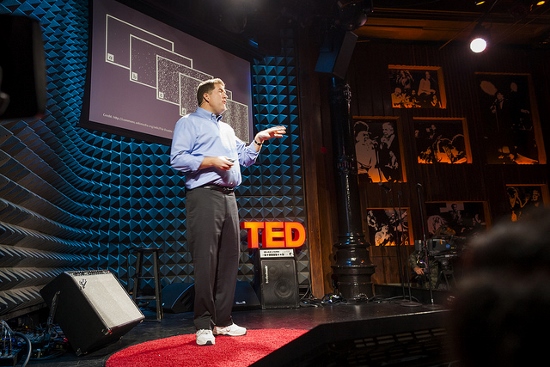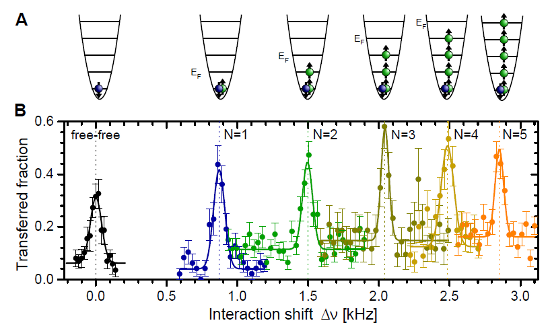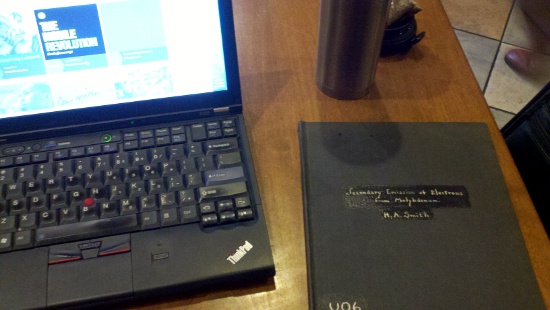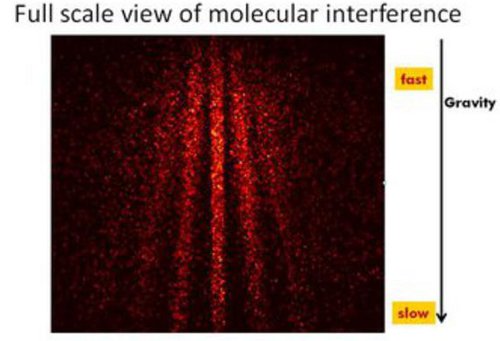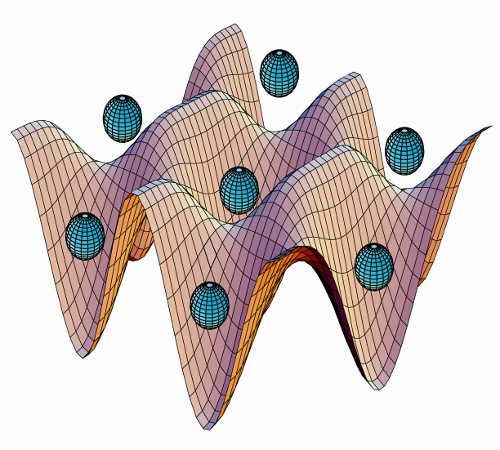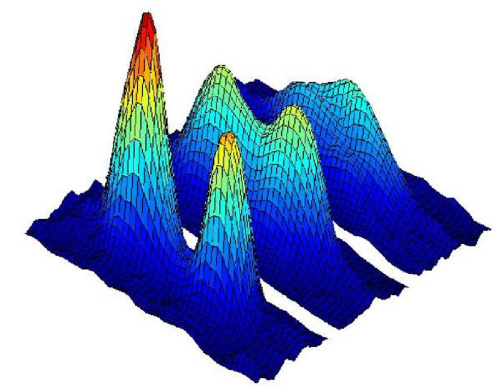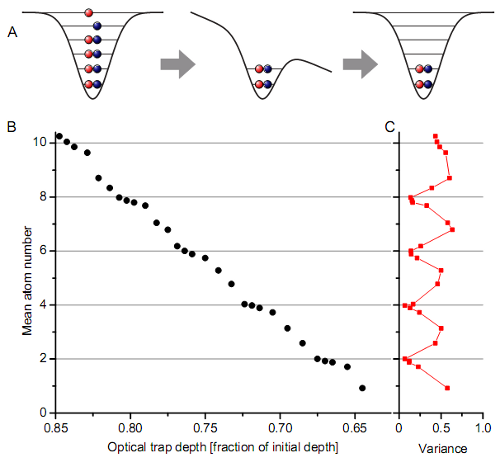I’m working on some short pop-quantum explainers for reasons that I’ll be a little cagey about. In casting around for a novel way to introduce Schrödinger’s cat states, I hit on something that probably works, but illustrates the problems inherent in being both a professional physicist and a pop-science writer. The hook, as I mentioned… Continue reading The Internet Exists Because of (Schrödinger’s) Cats
Category: Condensed Matter
Small College, Exotic Particles
Topping the looooong list of things I would give a full ResearchBlogging write-up if I had time is this new paper on a ultra-cold atom realization of “Dirac Monopoles”. This is really cool stuff, but there are a lot of intricacies that I don’t fully understand, so writing it up isn’t a simple matter. The… Continue reading Small College, Exotic Particles
Repeat After Me: Particle Physics Is Not All of Physics
The very last section of the book-in-progress (at least the draft that’s with my editor right now…) is titled “Science Is Never Over,” and talks about how there are a nearly infinite number of phenomena that you can investigate scientifically. The universe is a never-ending source of amazement and wonder, with surprisingly rich dynamics in… Continue reading Repeat After Me: Particle Physics Is Not All of Physics
One, Two, Many, Lots: Investigating the Start of Many-Body Physics
Two papers with a similar theme crossed my social media feeds in the last couple of days. You might think this is just a weird coincidence, but I’m choosing to take it as a sign to write about them for the blog. So, what are these papers, and what’s the theme? One is the final… Continue reading One, Two, Many, Lots: Investigating the Start of Many-Body Physics
Old Thesis Club: Secondary Emission of Electrons from Molybdenum, by H.A. Smith, 1928
As noted in a previous post on Monte Carlo simulation in 1960, we recently came into possession of a large box of old Master’s theses. The bulk of these are from the 50’s and 60’s, but there are some going back much farther. As I pass these every day I’m in the office, I thought… Continue reading Old Thesis Club: Secondary Emission of Electrons from Molybdenum, by H.A. Smith, 1928
When Is a Composite Object a Particle?
Through some kind of weird synchronicity, the title question came up twice yesterday, once in a comment to my TED@NYC talk post, and the second time on Twitter, in a conversation with a person whose account is protected, thus rendering it un-link-able. Trust me. The question is one of those things that you don’t necessarily… Continue reading When Is a Composite Object a Particle?
Tools of the Cold-Atom Trade: Optical Lattices
Last time in our trip through the cold-atom toolbox, we talked about light shifts, where the interaction with a laser changes the internal energy states of an atom in a way that can produce forces on those atoms. This allows the creation of “dipole traps” where cold atoms are held in the focus of a… Continue reading Tools of the Cold-Atom Trade: Optical Lattices
The Making of a Sign Error
One thing I left out of the making-of story about the squeezed state BEC paper last week happened a while after publication– a few months to a year later. I don’t quite recall when it was– I vaguely think I was still at Yale, but I could be misremembering. It’s kind of amusing, in an… Continue reading The Making of a Sign Error
The Making of “Squeezed States in a Bose-Einstein Condensate”
Yesterday’s write-up of my Science paper ended with a vague promise to deal some inside information about the experiment. So, here are some anecdotes that you would need to have been at Yale in 1999-2000 to pick up. We’ll stick with the Q&A format for this, because why not? Why don’t we start with some… Continue reading The Making of “Squeezed States in a Bose-Einstein Condensate”
Few-Body Systems: Cooler Than You Might Think
Hey, dude? Yeah, what’s up? I’m not normally the one who initiates this, but I was wondering: When you were at DAMOP last week, did you see any really neat physics? Oh, sure, tons of stuff. It was a little thinner than some past meetings– a lot of the Usual Suspects didn’t make the trip–… Continue reading Few-Body Systems: Cooler Than You Might Think
